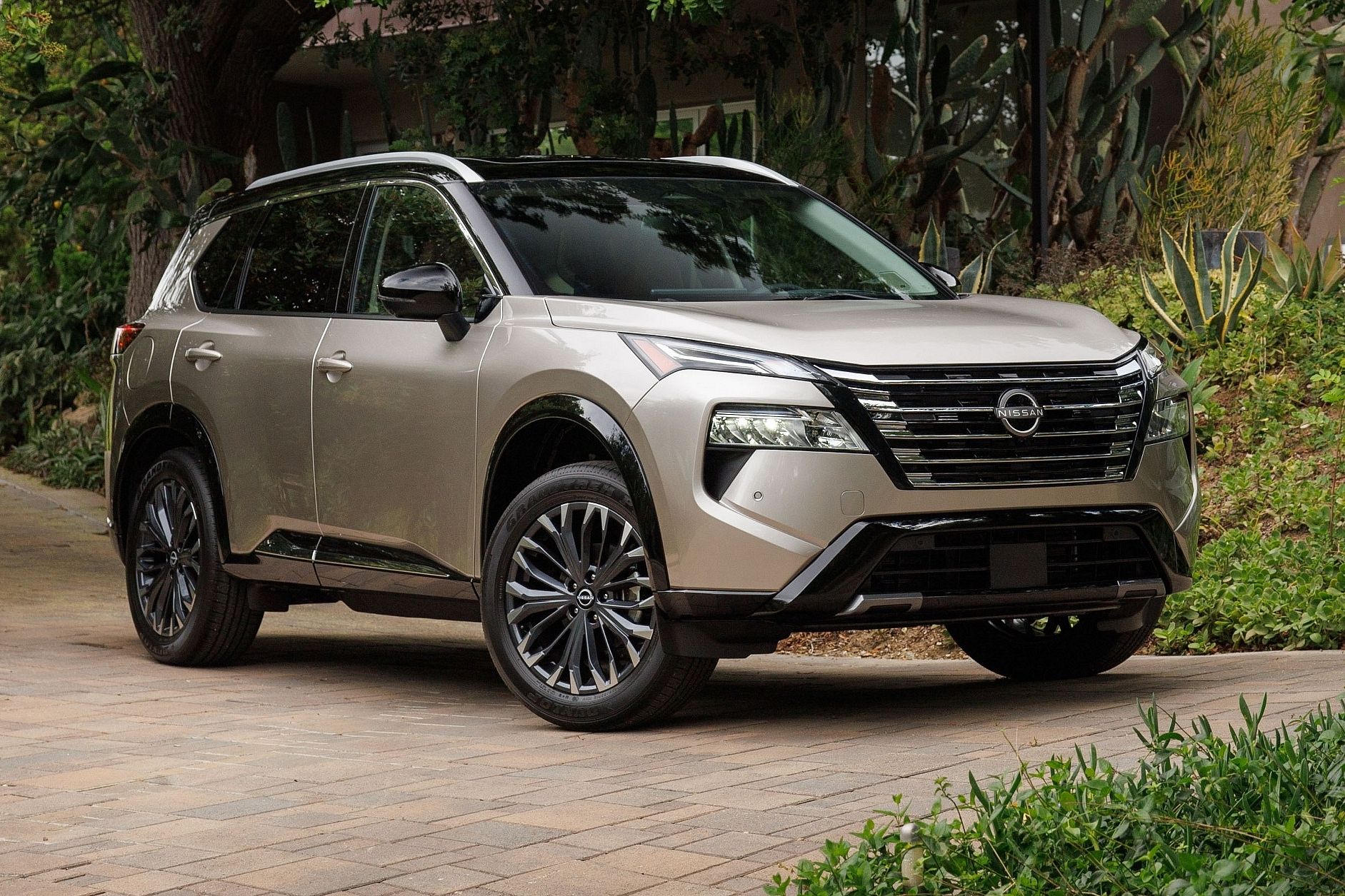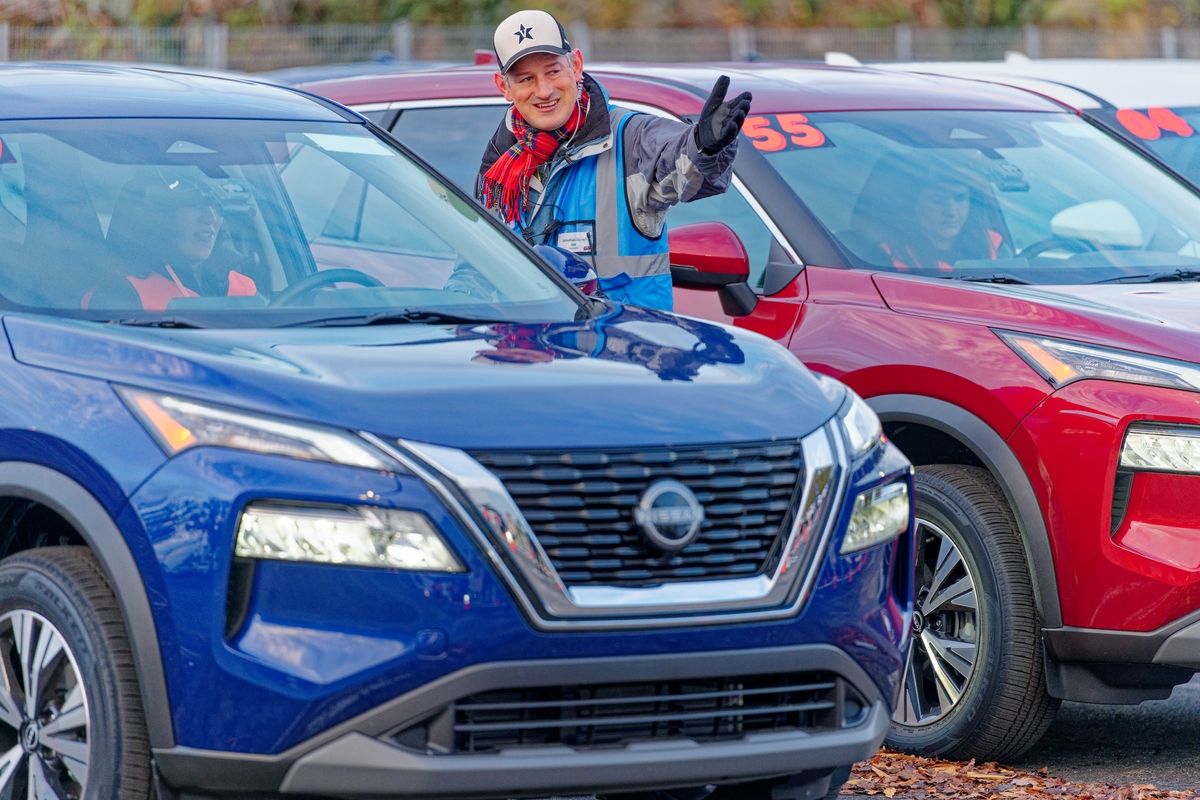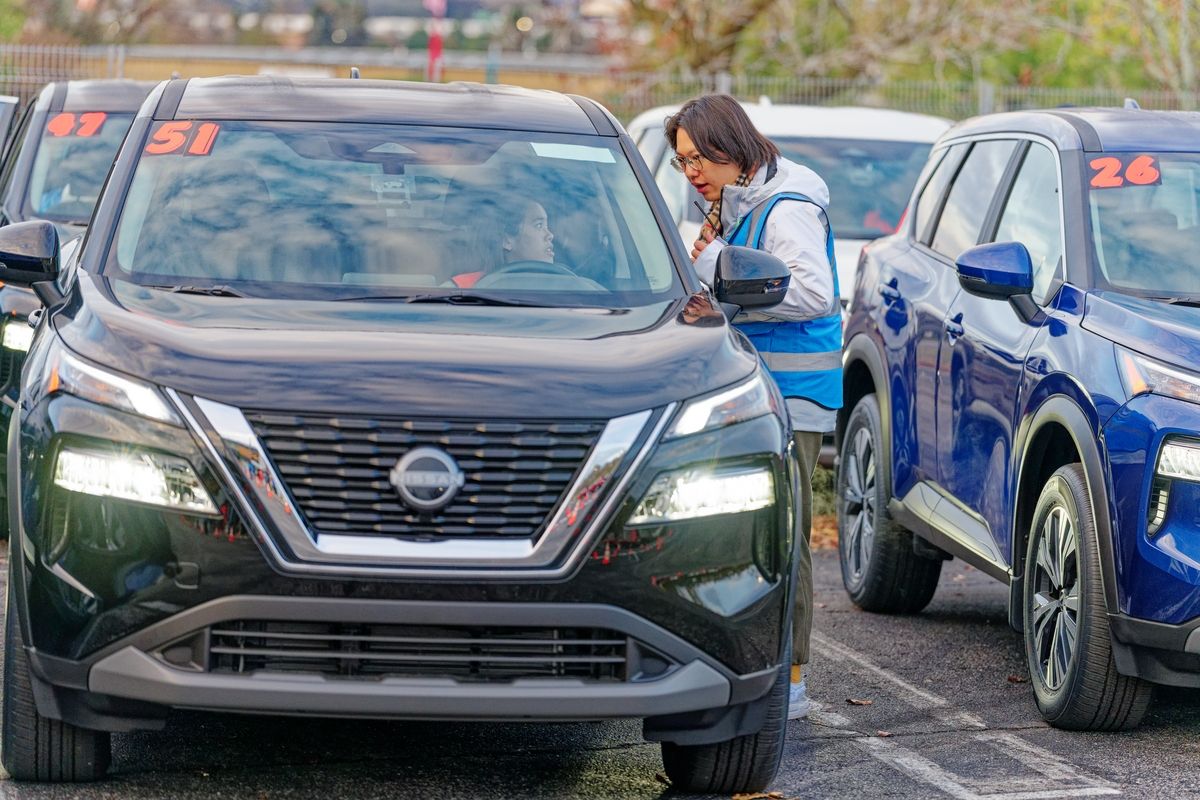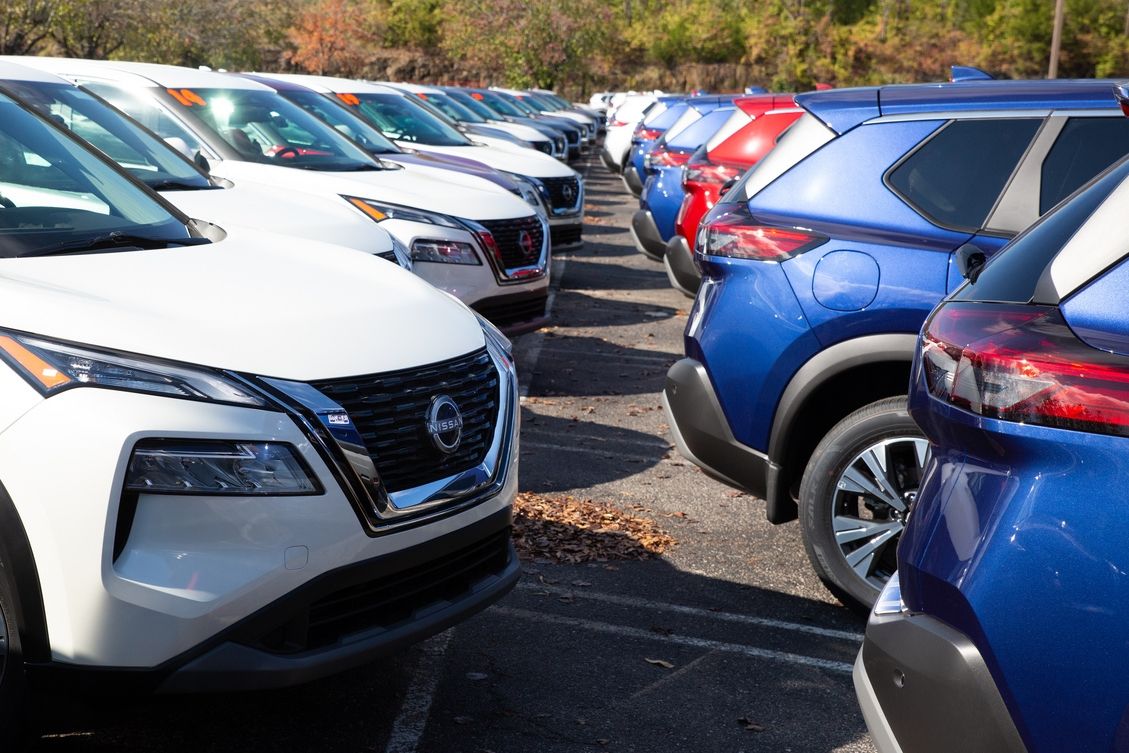
Nissan North America and the Circles Consortium recently concluded a test into an artificial-intelligence-equipped cruise control system designed to reduce traffic and improve fuel economy.
100 Nissan Rogue SUVs - along with a Toyota RAV4 and Cadillac XT5 - were driven on the I-24 Motion testbed, a smart highway with 300 4K digital sensors capable of recording 260,000,000 miles of data per annum.
The latest experiment was based on results from a previous study, which found that just one AI-equipped vehicle could influence the driving behavior of up to 20 surrounding cars. This could bring untold benefits, such as reduced speeding and congestion.
The experiment, which ran from November 14-18, recorded a total of 143,010 miles and 3,780 hours of driving on the second day alone. "The concept we are hoping to demonstrate is that by leveraging this new traffic system to collect data and estimate traffic and applying artificial intelligence technology to existing cruise control systems, we can ease traffic jams and improve fuel economy," said the Circles team.
Circles Consortium, composed of members from UC Berkeley, Temple University, and Rutgers University-Camden, will look into the data over the next few months to see what impact the technology had on traffic patterns and gasoline usage.
It's not only Nissan looking at reducing traffic congestion, though.
Ford, for example, is working on a project that will enable a set of traffic lights to detect an approaching emergency vehicle and adjust itself accordingly. This would allow an ambulance or police vehicle to proceed through an intersection safely and quickly.
Through its 'Vision Zero' initiative, Mercedes-Benz aimsfor zero traffic deaths by 2050 and wants to achieve this lofty goal by examining anonymous data from road users. While these ventures are admirable, modern driver assists, brilliant as they are, still have a long way to go.
Tesla's Autopilot is a fine example of what happens when people rely on technology too much. Myriad accidents have been traced back to the feature. Hopefully, this study yields positive results that make for safer American roads in the future.



